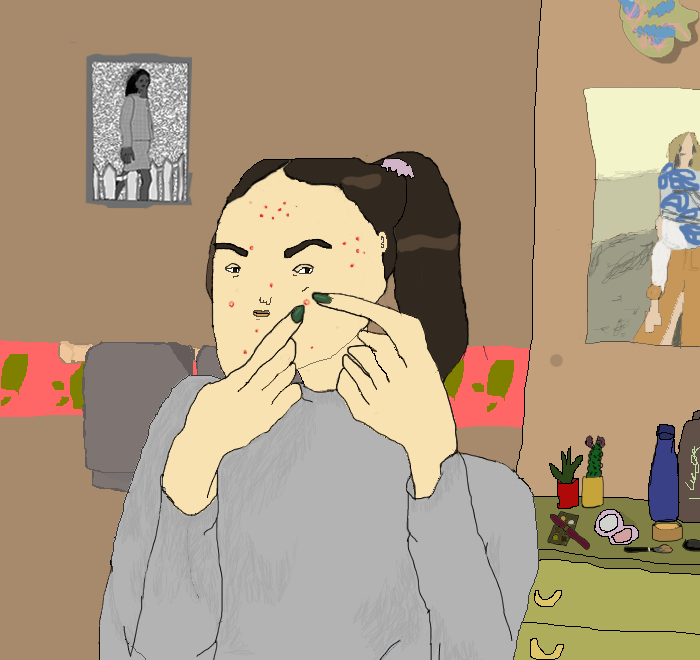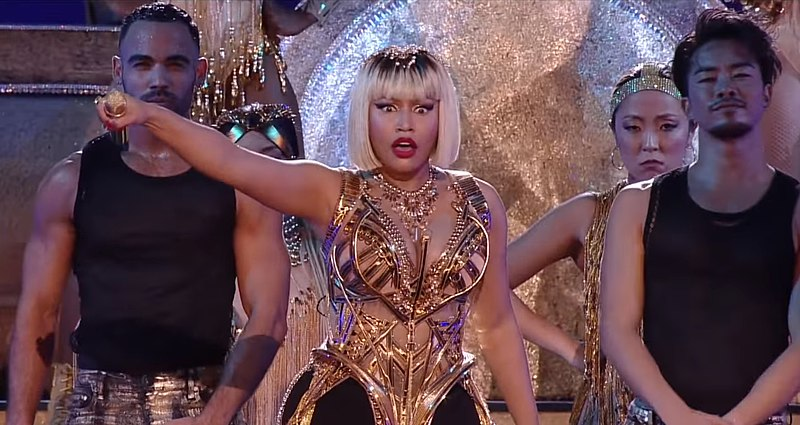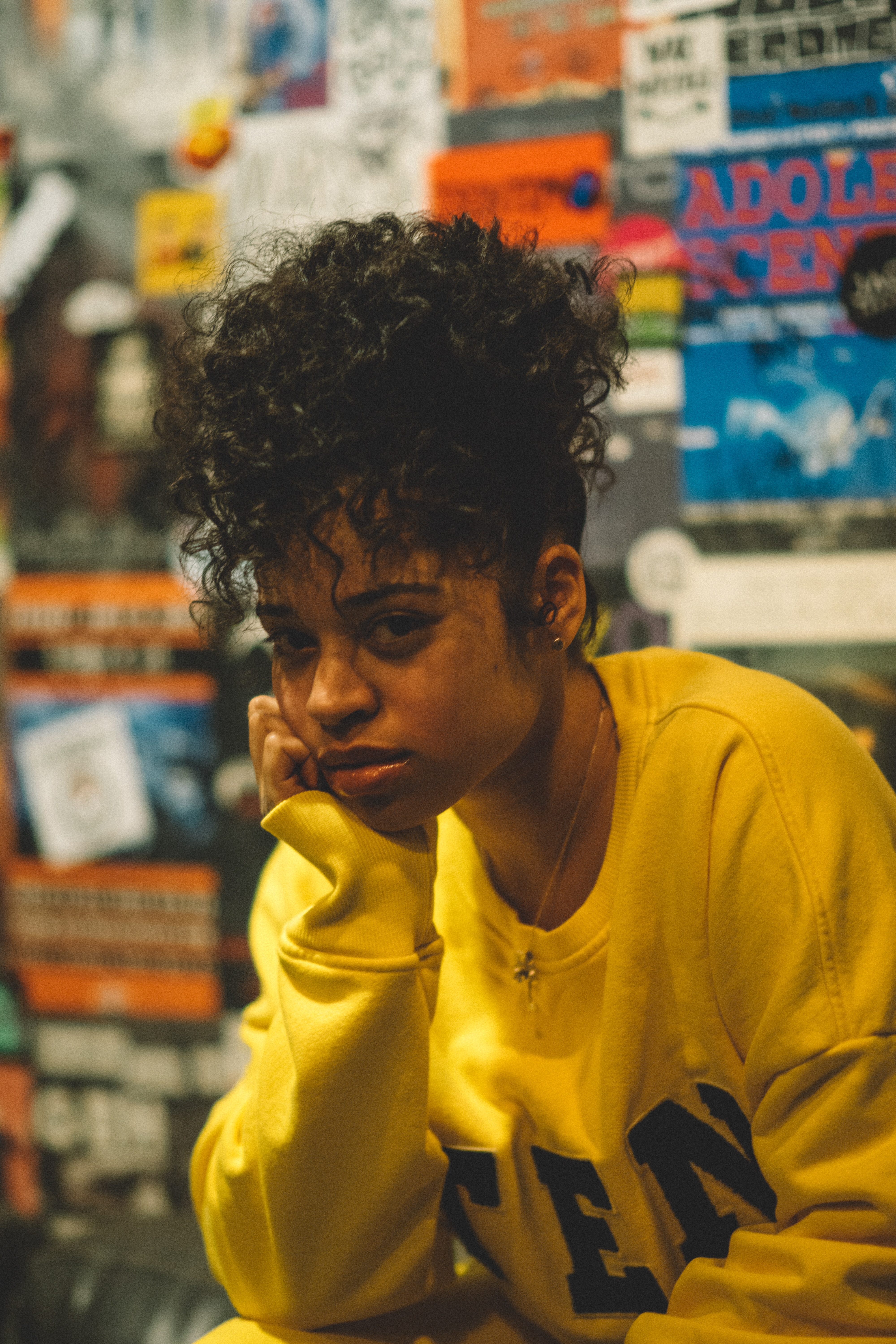
What most filled me with despair as an acne-riddled teenager was the disingenuousness of TV adverts. Beautiful women with porcelain skin would crinkle their brows in the mirror and scrutinize non-existent spots, perhaps calling their friends or confiding in the camera that they simply couldn’t go to “the party” tomorrow looking like this. This not only conveyed to me that if their skin was bad, mine was the grossest there was, but had me thinking that acne was so disgusting and visually offensive it couldn’t be shown on television, not even in a Clearasil advert.
My acne has diminished, but not disappeared, as I’ve entered adulthood. What has strengthened is my knowledge and understanding of the cosmetics industry, and I can now look back at the various companies who sold me differently priced, scented and packaged tubs of gloop with a more critical eye.
Cosmetic brands are only too aware of how debilitating acne can be to self-confidence; teenhood is already full of awkwardness and insecurity without feeling like everyone is looking at the spot in between your eyes. This is something companies capitalise on, hiring teen-friendly celebs like Vanessa Hudgens (Neutrogena) or Fifth Harmony (Clean&Clear) to sympathise with viewers while pushing their product. Companies also pay beauty journalists and bloggers to review products, and publications have expensive relationships with brands, who may advertise within their pages, meaning beauty reviews could rarely be described as “honest”. Furthermore, companies invoke the illusion of science to convince us of the efficacy of their products, from citing products as “scientifically proven” after conducting studies of which information about method, sample size or whether the research is independent (i.e is there a bias?) is not available to consumers, to dressing their counter-girls in lab coats (Clinique) and referring to “microbeads” rather than “tiny bits of plastic”.
For many, myself included, investing in beauty products and rituals is self-care. Yet, I feel that as a teenager, I was not empowered by my cosmetic usage – I was insecure, naïve and desperate for a solution or disguise, so it upsets me to think companies would encourage that. While cosmetics can be fun, it’s been beneficial for me to develop a more critical outlook on companies and their products.
What truly worked for my acne was going to the doctor – I was referred to a dermatologist and used various tablets and creams before each stopped working and I eventually was prescribed Roaccutane. Because a wide range of side effects to Roaccutane exist, it’s generally prescribed after other treatments don’t work. It dried my skin out to a very sore, nose-bleeding level, and other side effects existed which meant I had to have blood and pregnancy tests regularly. It was a shit time initially, but I kept out of the cold, slathered Vaseline and E45 on my lips and face and conceded my virginal urine to nurses at my local hospital. The meds cleared my skin right up, and I now pass on my coping-with-Roaccutane wisdom wherever possible.
Almost 10 years later, I get the occasional breakout and my face is scarred, but I definitely do not waste as much time, money and stress over my skin as I once did. My evolving relationship with acne reminds me of one way in which adulthood is superior to my anguished teen years; while I do now have to pay rent, work 40 hours a week and keep myself fed and watered, I at least have a better perspective on appearance and what is worth spending money on.









